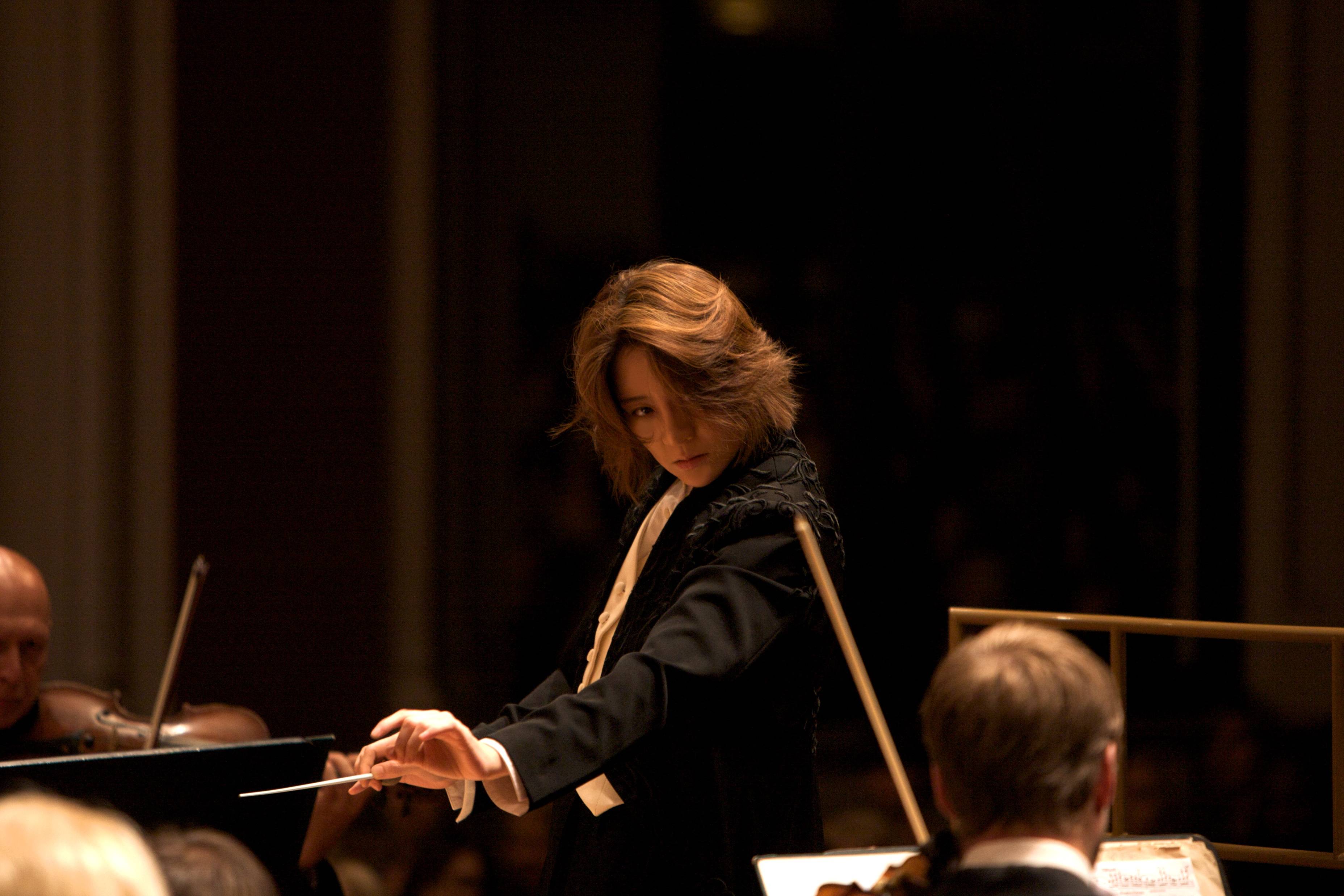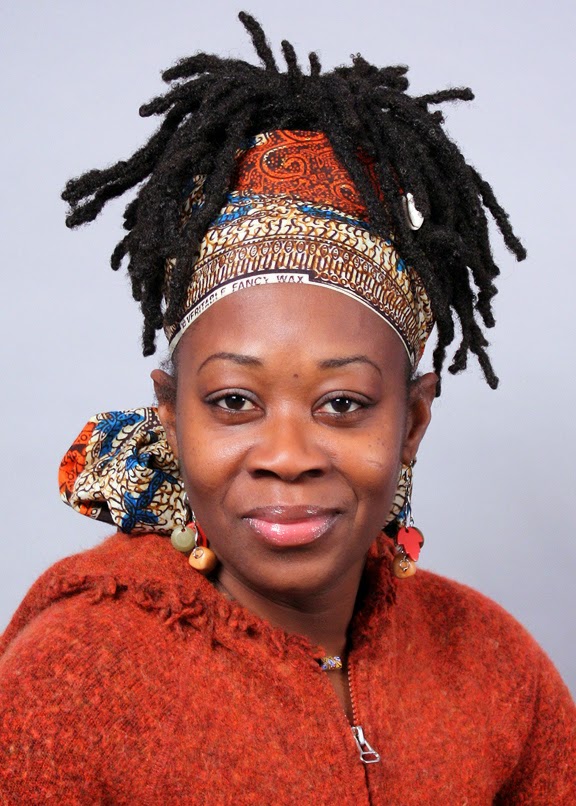Professor of Music Ama Oforiwaa Aduonum knows what it means for women to challenge tradition. Raised in Ghana, her father taught all his daughters to play drums. “Many in Ghanaian society at the time told my father they were concerned he was turning us into boys,” said Aduonum. “Disturbing tradition shows that women can do whatever they put their minds to.”
In the class MUS 356.02 Women in Music, Aduonum takes students on an exploration of how the roles of gender, race, class, and sexuality inform society’s reception of artists, especially those who disturb tradition. “This class brings a different perspective to a traditional music course, which often focuses on male musicians in the classical music tradition,” she said.
As an ethnomusicologist, Aduonum approaches music as a social process. “I look to understand not only what music is, but why it is,” she said, noting that in many musical traditions around the world, including those of the United States, gender ideologies often inform women’s choices. “For a long time (and even today) women were expected to play ‘feminine’ instruments—piano, strings, winds, and voice—instruments that accentuated their femininity,” said Aduonum. “Trumpets, horns, percussion, and other loud instruments were ‘unwomanly.’”
In the class, students will study “disrupter” musicians like trumpet player Amy Gilreath, “Queen of the Accordian” Eva Ybarra, orchestral conductor Tomomi Nishimoto, and the band Sweetheart of Rhythms. Other artists, like Beyoncé, Nicki Minaj, Elizabeth Lowell Boland, and Miley Cyrus, will help explore sexuality on stage, and how racial stereotypes inform the consumption, interpretation, and acceptance or rejection of their work, as well as looking into the roles of LGBTQ and straight politics.
“I wanted to offer an array of women from different cultural settings and performance contexts,” said Aduonum, who will also look at composer Hildegard von Bingen, the Women Frame drummers from the Middle East, and women performing Lubavitch (Chabad) music. “We will explore the music of women from all the continents, and show the diversity of styles, politics, and performance spaces.”


